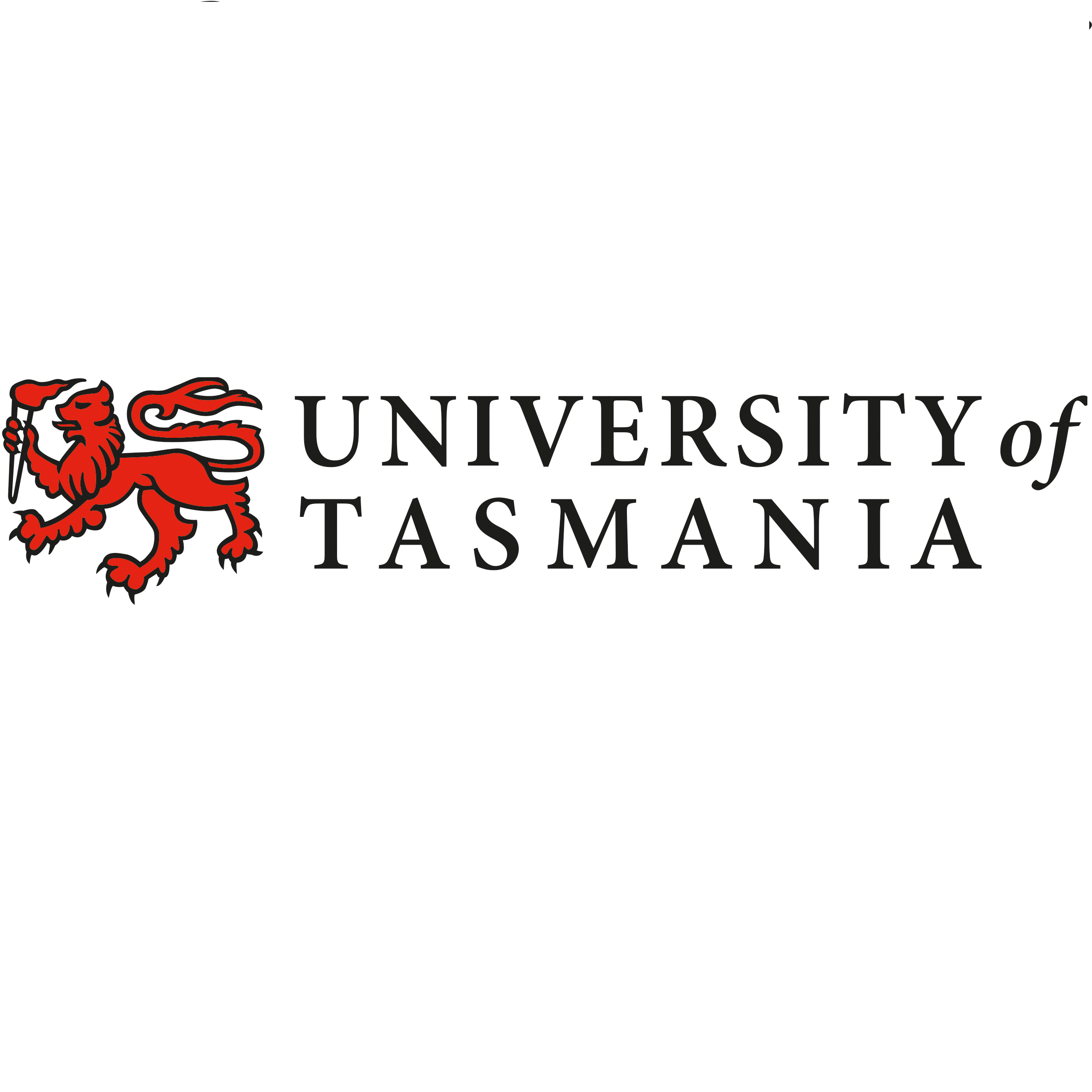Full description
Aerial surveys of southern right whales (Eubalaena australis) were undertaken off the southern Australian coast to monitor the recovery of this endangered species following extreme 19th and 20th Century commercial whaling. The aerial survey was undertaken in the coastal waters from Perth (Western Australia) to Ceduna (South Australia) between the 12th and 19th August 2022, to maintain the annual series of surveys and inform the long-term population trend. The survey resulted in a total 526 whales sighted, consisting of 247 cow-calf pairs, 31 unaccompanied adults and 1 yearling. The ‘western’ population of southern right whales in Australian waters is increasing in size (~5.3% per year based on female/calf pairs and a population estimate of 2675 whales) based on the long-term population trend data from the annual aerial surveys. This represents the majority of the Australian population given the very low numbers in the ‘eastern’ population. The 2022 surveys recorded the lowest number of unaccompanied animals (i.e. males and females without a calf) ever throughout the time-series of the annual aerial surveys since 1993 when survey coverage between Cape Leeuwin and Ceduna first began. Across this time series, there is a particularly notable decline in sightings of unaccompanied animals over the past five years. It is currently unclear what factors account for the decline in these sightings or may influence the variation in numbers of unaccompanied animals on the southern Australian coast. Lower than expected counts in the long-term data may provide evidence of a slowing population growth rate, which can only be assessed by continued annual population surveys to assess population trend data.Lineage
Statement: Photo quality will be variable and requires assessment prior to assimilation into photo-identification catalogue.Notes
PurposeAssessing the status and trend of Australia's southern right whale populations
Data time period: 2022-08-12 to 2022-08-19
User Contributed Tags
Login to tag this record with meaningful keywords to make it easier to discover
Download the dataset. (GET DATA > DIRECT DOWNLOAD)
uri :
https://data.aad.gov.au/eds/5669/download![]()
Citation reference for this metadata record and dataset. (VIEW RELATED INFORMATION)
uri :
https://data.aad.gov.au/aadc/metadata/citation.cfm?entry_id=NESP_2022_SRW![]()
global : 72e60dd3-f407-4be4-acb6-c611291fc912
ror :
00r4sry34![]()
ror :
05e89k615![]()
ror :
00r4sry34![]()
- DOI : 10.26179/NBBZ-NV97

- global : NESP_2022_SRW


